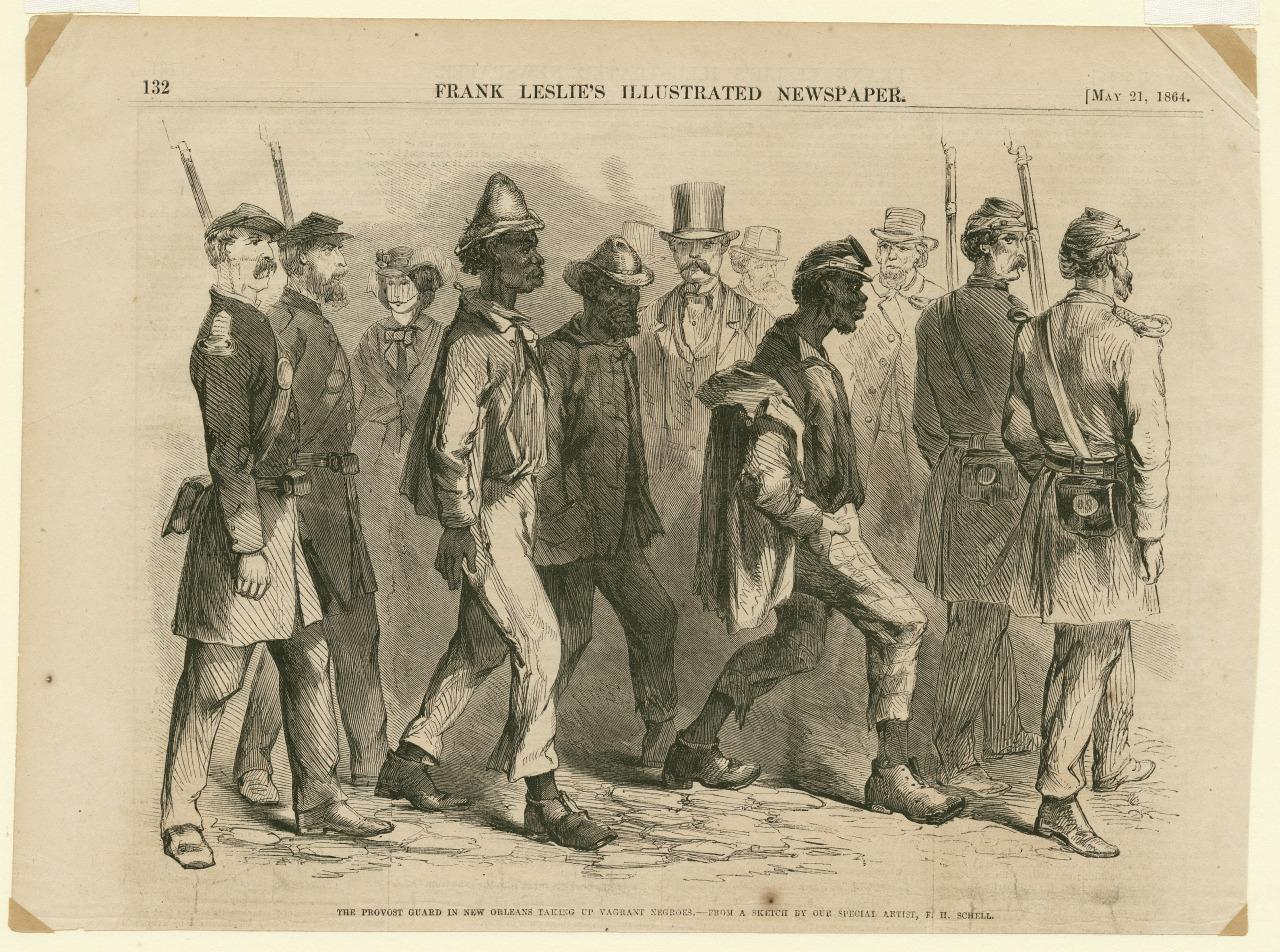Pat Cleveland: Early Supermodel and Author With Many Tales
The New York Times
2016-06-15
Guy Trebay, Chief Menswear Critic
WILLINGBORO, N.J. — The peacocks were rooting around in the bushes, strutting and pecking and ruffling their trains. Occasionally, one — Boy or Big Boy, say, or Snow White — struck a pose, tipping its beak up to emit a banshee shriek.
“They’re just a bunch of drama queens, honey,” said Pat Cleveland, as she sat in the backyard of her house in a rural part of New Jersey, sipping on a sinister-looking juice drink the color and texture of algae. Drama queens, as it happens, is a topic on which Ms. Cleveland has some stories to tell.
This she does in “Walking with the Muses,” a picaresque new memoir about a tall, skinny mixed-race girl (“not black enough to be black or white enough to be white”) hailing from a section of East Harlem that she terms the Golden Edge.
In her 1950s childhood, Ms. Cleveland writes, that neighborhood was still representative of a now largely bygone city, a place where “the Jews, the blacks, the Irish and the Puerto Ricans all had a corner of their own.”…
…American fashion, in particular, during the era when Ms. Cleveland first appeared, was also more porous and racially diverse than it would be in the subsequent decades. Success in the business was measured in those days not by social media metrics but by an ability to bewitch the cognoscenti, to make yours a name they whispered about.
And seemingly Ms. Cleveland has been an object of fascination for those around her almost from the time she was born 65 years ago to a white Swedish saxophonist and an African-American artist from the South. Soon after, Ms. Cleveland’s father, Johnny Johnston, returned to Sweden, leaving her mother, Lady Bird Cleveland, to raise her freckle-faced young daughter alone.
“If you’re a single black woman and have a Swedish lover, life is never going to be easy, and Lady Bird didn’t have the opportunities in life,” Ms. Cleveland said. “But her lesson to me was always, whatever your circumstances are, it’s up to you to create your own world.”…
…At the height of her powers, that same skinny girl from Harlem was transformed into a star on the evening of Nov. 28, 1973, when she — one of 30 black models chosen to participate in a benefit runway show held at the Palace of Versailles outside Paris — took to the stage in front of 800 guests, many of them prominent or titled, and, spinning and twirling, left little doubt in the minds of observers that the immediate future of fashion belonged not to the Old World but to the New…
Read the entire article here.



